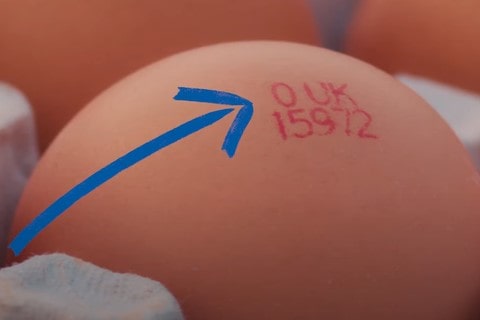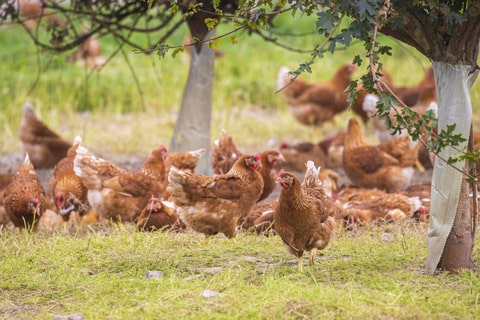RSPCA Education - Lessons and Activity Library - Education
Ethics of farming egg-laying chickens
Discover what the print on eggs means and compare farms with caged laying-hens and farms with free-range laying-hens.
Last edited: 28/05/2024
Before you get started
Why this is important
Eggs are a staple in our diet – we use them in cooking, baking, and as a nutritious meal option. But do you know what the codes on egg cartons mean? Explore how these codes indicate the conditions in which the hens were kept and the farming methods used. Understanding these codes is crucial for making informed choices about the food we eat and ensuring better welfare for the hens.

Instructions
Carrying out your project
Learn about egg codes
Carry out your own research and answer these three questions:
- What do the codes printed on eggs mean?
- What are the differences between caged and free-range laying-hen farms?
- What views do you have about the future of farming hens for eggs?
Write your answers and thoughts on a single A4 page.

Ask other people
Use the three questions above to interview other people (we suggest a minimum of five people).
Write a summary of answers for each question on a single A4 page.

Receive your certificate
Upload an image with your answers below to receive your certificate.
Share your work to inspire others to make hens' lives better.

Get a practical animal welfare certificate!
If you’ve just completed this activity, upload a photo and receive your own animal advocacy certificate.
Upload image